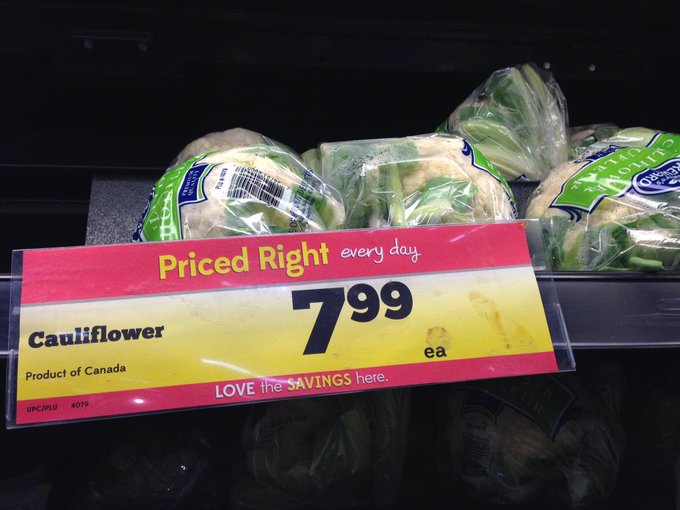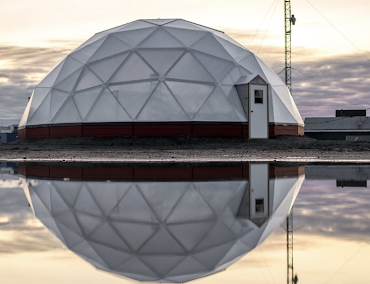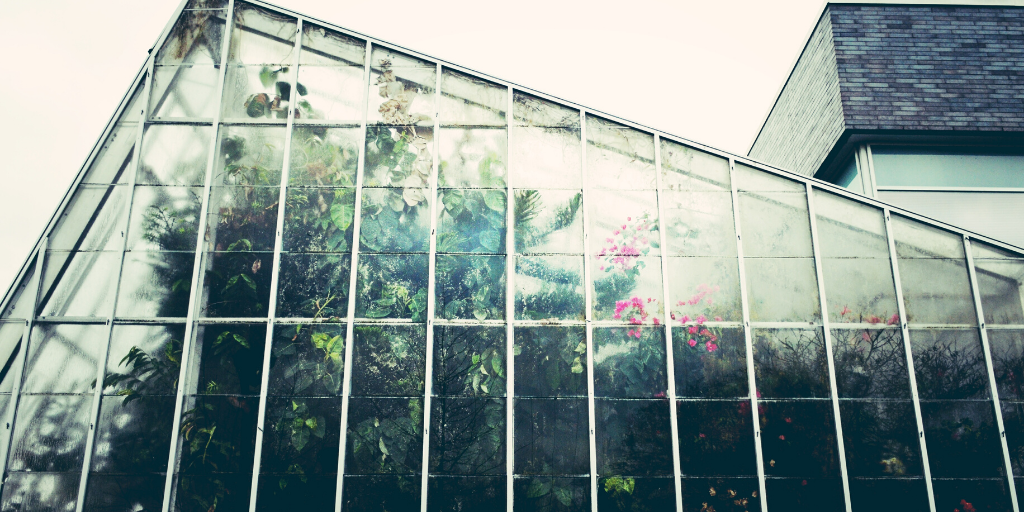As supply shortages in grocery stores have become the norm over the past few weeks, questions about food security and sovereignty are changing how we think about our food. In highly urbanized areas, the disconnect between consumers and their food supply is vast, and the increasing geographical divide between cities and the farms that feed them mean that our food has to travel from further and further away to reach our store shelves. Pitfalls of traditional farming practices are becoming more evident as the COVID-19 crisis puts pressure on our supply chain. In some areas, urban farms and indoor growing facilities may be the solution.
In Canada COVID-19 has sparked a new concern over domestic food security, and the country’s long term ability to feed its people. In May of 2019, Canada imported over 800 million Canadian dollars worth of fruits, vegetables and nuts, in just a single month. As Canadians see shortages and rising grocery prices, experts say that a low Canadian dollar will cause prices to rise even more.
Falling oil prices and a low Canadian dollar were blamed in the 2016 Canadian Cauliflower Crisis too, but it’s not just the economy to blame. Droughts in California (a major source of produce in Canada during our cold season) in 2016 limited the supply, increasing prices across the United States. Climate change affecting the seasons, changing environmental patterns, and the loss of global growing space will continue to impact the price and availability of goods.
Over the past 40 years, a third of arable land worldwide has been lost. By the year 2050, it’s expected that over 80% of the world’s population will be living in cities. The loss of land to urbanization, and the increasing separation of cities from their food supply makes growing, and especially shipping produce, an expensive affair for both growers and grocers.

The 2016 "Cauliflower Crisis" caused a stir as high profile Toronto restaurants were forced to remove cauliflower dishes from their menus.
Indoor growing as a viable alternative to traditional farming is a relatively new development in the agricultural world, but some say it’s the future of farming. While local climate and weather patterns cap the growing season at the end of fall in many areas, greenhouses and vertical farms aren’t restricted by seasonal outdoor temperatures. Vegetables grown in greenhouses have also seen a surge in popularity over the past few years as demand for organic or pesticide-free food has increased. But is indoor farming really a viable food supply? It looks like in some places at least, the answer is yes.
In Japan after the 2011 tsunami and nuclear power plant meltdown, much of the country’s farm land was contaminated by fallout, and unusable. With the limited growing land available, some companies turned to a new style of indoor growing; the vertical farm. The vertical farming industry in Japan is now one of the largest in the world, home to one of the most profitable indoor farming companies, Spread. Spread’s newest facility, Techno Farms, is so efficient it can grow 30,000 heads of lettuce a day. With one of the lowest food self-sufficiency rates of the developed world, Japan is the fourth largest importer of agricultural goods worldwide.
In Nunavut, Canada’s remote northernmost territory, food insecurity has been an issue for many years, with images of shockingly high grocery prices circulating the internet for some time. One Canadian company believes that their greenhouses are the answer. Green Iglu is a charitable organization that builds striking dome-greenhouses in remote northern communities. Specially designed for the harsh northern environment, their Growing Dome is a solar powered unit that maintains temperatures up to 30 degrees higher than outdoor levels and is built to withstand wind speeds of over 180km/hr and 7ft of direct snow. In isolated northern communities, indoor growing may be the only option for food self-sufficiency and sovereignty.

To the west in British Columbia, the city of Victoria is contributing to its own food supply for the first time since World War 2. At the end of March, Victoria city council passed a motion to switch the city’s municipal greenhouses from flower nurseries to food - and it has taken off with the city’s people. The Growing in the City initiative will see park staff growing and maintaining 50 000 - 75 000 plants in park greenhouses. Meanwhile millions of square feet of greenhouses retrofitted for cannabis growing sit empty after a decline in the industry closed facilities across the country over the last year. Some cannabis growers say using these empty facilities to grow food is a possibility, and that they are willing to help.
The migration of people into cities has created an incredible shortage of available labour on farms in rural areas. The commute out of cities to work on farms (often for lower wages than jobs in the city) is an unattractive prospect for our increasingly city-bound population. Growing food where people live eliminates this problem, and saves enormously on fuel, saving both money and contributing less to carbon emissions.
So, is indoor growing the future of farming? In some cases, and in some climates, the answer seems to be yes. Outdoor farming isn’t out of the picture though, and likely never will be, as crops suited for indoor growing, and the scale of production, are limited compared to the large scale field operations that characterize the majority of modern agriculture. The answers to food security and self sufficiency will vary around the world, but the nature of the COVID-19 crisis has brought these issues to the forefront, and they may require diverse solutions in the coming years.
Interested in learning more about Croptracker? Learn more about our Farm Management Software, or book a demonstration to schedule a meeting with our product experts.
And as always, if you're ever stuck, never hesitate to e-mail us at support@croptracker.com or Live Chat with us by clicking the green speech bubble ![]() in your bottom right-hand corner. We're always happy to help you make the most of Croptracker to make your farm more efficient, safer, and more profitable!
in your bottom right-hand corner. We're always happy to help you make the most of Croptracker to make your farm more efficient, safer, and more profitable!


